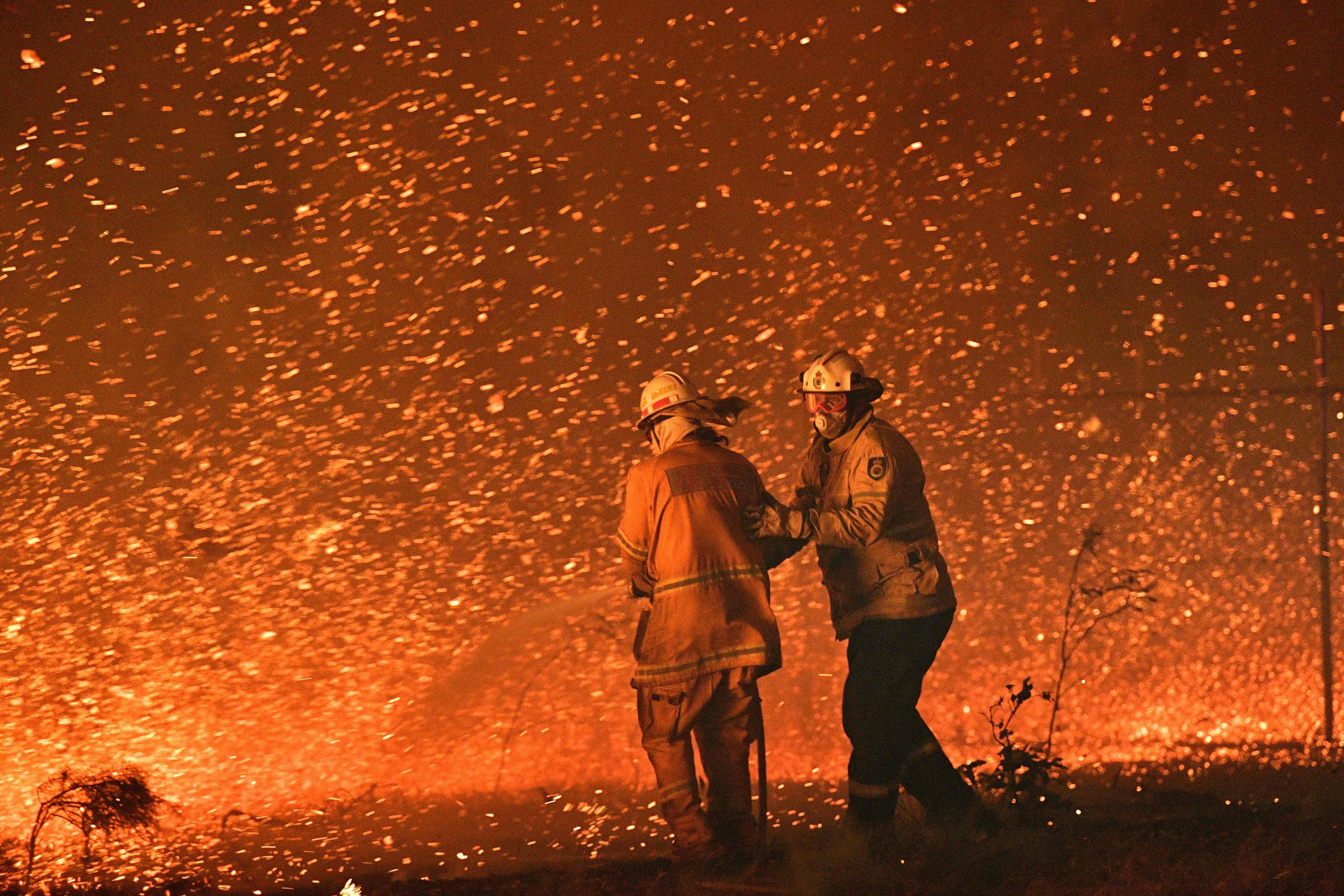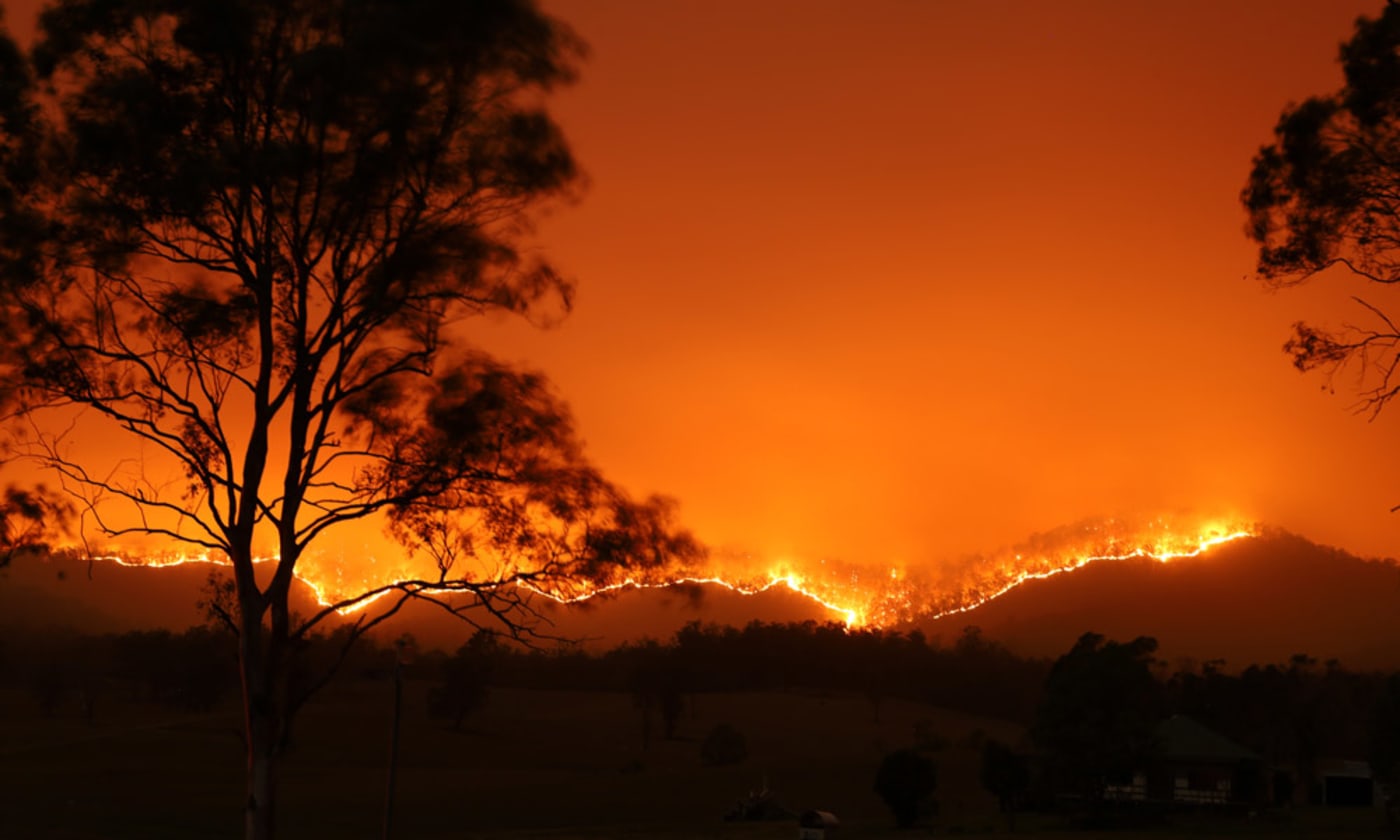Unlocking the Secrets of Bushfire Risk Analysis: The Duty of a BAL Report
Unlocking the Secrets of Bushfire Risk Analysis: The Duty of a BAL Report
Blog Article
Just How BAL Report Impacts Bush Fire Protection Actions
In the world of bush fire security, the Building Attack Level (BAL) record stands as a crucial device that significantly affects the safety and security and durability of properties in fire-prone locations - BAL Report. The impact of a BAL assessment extends far beyond plain paperwork; it functions as the foundation for determining the appropriate building and construction criteria and fire protection procedures necessary to reduce the threats posed by bushfires. As communities grapple with significantly extreme fire periods, recognizing how the BAL record forms these protective measures becomes critical for policymakers, homeowners, and contractors alike
Comprehending the Bushfire Assault Level

Significance of BAL Report Evaluation

In Addition, the BAL record evaluation functions as a foundational action in following lawful obligations and requirements associated with bushfire defense. Neighborhood councils and authorities often mandate the submission of a BAL record as part of the planning and building authorization procedure to guarantee that buildings are adequately protected against bushfire risks. Stopping working to conduct a thorough BAL record evaluation can cause inadequate protection steps, leaving buildings susceptible to devastating bushfire events.
Construction Specifications Based on BAL
A thorough understanding of the Bushfire Attack Level (BAL) makes it possible for residential or commercial property proprietors to carry out construction requirements tailored to their specific threat account. Building and construction requirements based upon BAL are vital in mitigating the influence of bushfires on buildings. The BAL ranking categorizes the possible danger a residential property faces throughout a bushfire on a range from BAL-Low to BAL-FZ (Fire advice Zone) Each BAL degree matches to specific building and construction needs described in the Australian Typical AS3959-2018 Construction of Structures in Bushfire-Prone Areas. Homes classified as BAL-Low might just require basic steps such as clearing particles and keeping gardens, while those in greater BAL categories require even more durable measures like cinder displays, fire-resistant materials, and secured windows. Sticking to these building and construction standards not only enhances the architectural resilience of the property however likewise boosts the overall safety of locals throughout a bushfire event. Consequently, homeowner should thoroughly consider their BAL rating and abide by the equivalent building requirements to appropriately protect their homes and owners.
Implementing Fire Defense Actions
With the foundation of building and construction criteria based on Bushfire Attack Degree (BAL) in location, the emphasis now shifts towards the sensible application of fire protection steps to strengthen buildings against bushfire threats. Passive procedures consist of making use of fireproof building materials, setting up ember guards on vents, securing voids in wall surfaces and roofs, and maintaining a clear room around the check that residential or commercial property free from flammable plant life. By integrating both passive and active methods, residential properties can substantially decrease their susceptability to bushfire events and boost the security of owners.
Safeguarding Homes Versus Bushfires
Effectively safeguarding homes versus the devastating influences of bushfires calls for a thorough and positive method to fire security steps. In addition, sealing spaces and vents to protect against coal breach, as well as including fireproof doors and windows, can assist fortify the home's defense against bushfires. By embracing an aggressive stance and integrating these safety actions, house owners can considerably enhance their possibilities of safeguarding their homes against bushfires.
Conclusion
In verdict, the Bushfire Assault Degree (BAL) report plays a critical role in identifying the essential security procedures versus bushfires. Applying fire defense measures based on the BAL record is important in guarding properties from prospective bushfire risks.
In examining bushfire risk to buildings, understanding the Bushfire Attack Degree (BAL) is a crucial part for implementing reliable security procedures. In general, a clear understanding of the Bushfire Attack Level is vital for carrying out appropriate defense steps and mitigating the influence of bushfires on properties.
Report this page